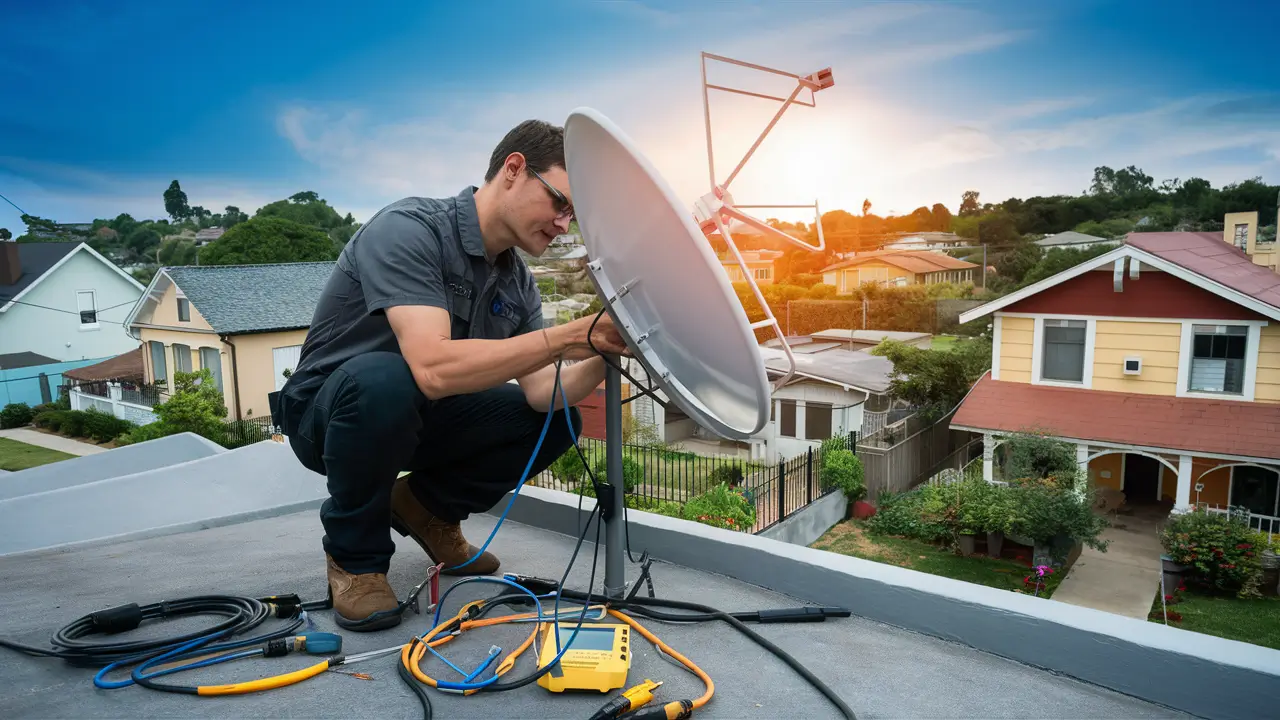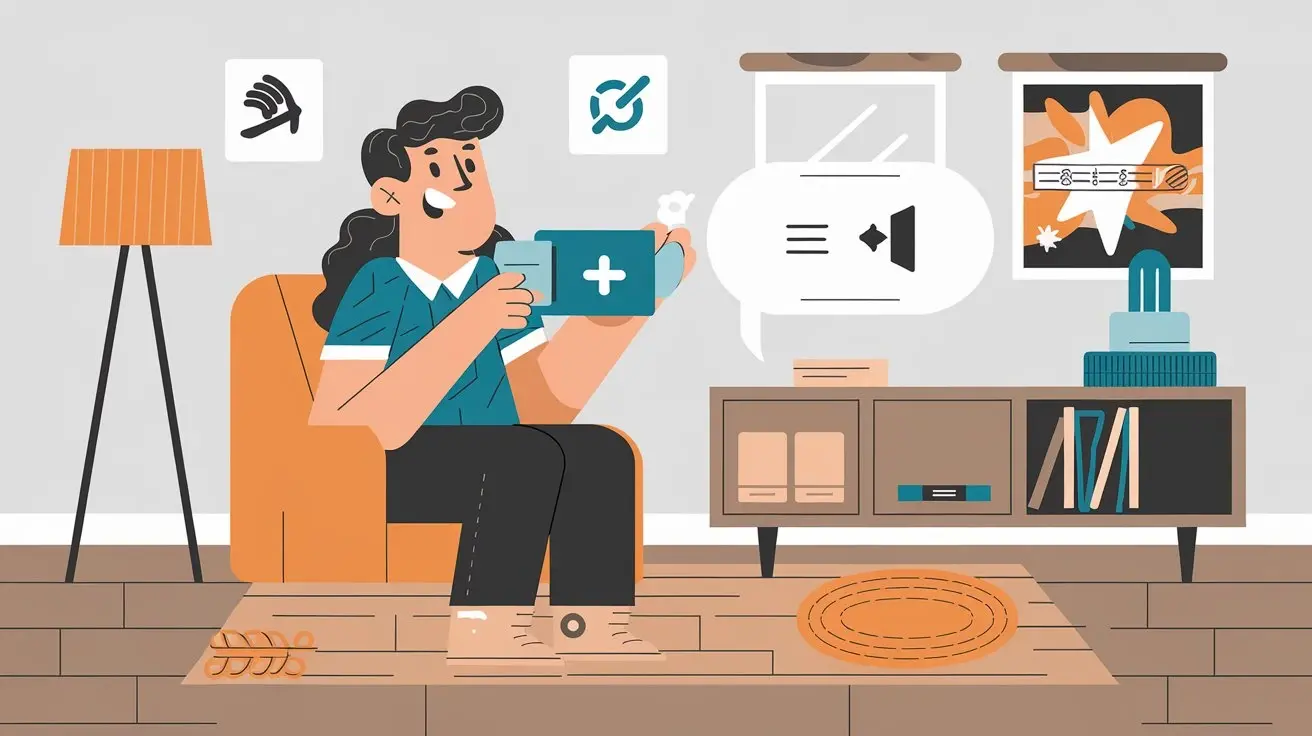
Acquiring a signal from a satellite dish of DirecTV can be a challenge if you do not use a satellite meter to help in the alignment of the dish. That being said, it is possible to have quite accurately aimed your DirecTV dish even if you do not have a professional meter. Below is a guide on how to align a DirecTV satellite dish without the use of a meter:
What You Need
Before starting, make sure you have the following:
- DirecTV installed satellite dish (round dish 18 inches or 24 inches in diameter).
- Pole mount for the dish
- Coaxial cable (at least 50 ft)
- The DirecTV receivers that are connected to the TVs
It's also helpful to have:
- A smartphone with a compass application
- A friend to assist in ensuring that you are set straight while you glance at signs.
Getting Your Azimuth & Elevation
The data which helps you to point your dish towards the right direction is your ZIP code. You can locate yourself by using your zipcode and then get to know the true azimuth and elevation numbers.
You can find this information just typing on Google “[your ZIP code] DirecTV satellite settings”. There are many websites and apps that can give the exact alignment setting. Be sure to write down the azimuth, elevation, and the satellite orbital positions that are necessary to aim at.
Mount The Dish
If you are getting a new dish, install the dish on a pole or a wall mount of your choice in accordance with the DirecTV specifications. When mounting the dish ensure it is flexible enough to allow rotation and positioning of the dish during alignment. Screw into the studs for a strong wall mount to avoid the television falling off the wall.
Install coaxial cables from the dish location to your DirecTV receivers. One should provide extra slack for cable to accommodate during alignment processes, and that is why it is better to have an extra slack of cable.
Find The Azimuth Angle
Azimuth identification is easiest done with the help of a smartphone compass app or a regular compass. Point your dish in the direction you are facing, or parallel to the direction of true south. Tilt the dish to the left or right until it matches the azimuth angle you found earlier for your location.
Positioning the LNB Arm
On the rear middle of the dish mount is a multi-headed LNB arm, used in low-noise block down converter. This square arm should be rotated vertically in order to correspond to the required level found at the online search.
The arm should have markings for the elevation angle. Tilt and position the arm precisely at the desired angle of elevation and then locking it on the desired position.
Fine-tune The Angle
Sometimes, even when your azimuth and elevation angle are set correctly you need to make slight changes for the best signal. This requires loosening the dish mount sufficiently to enable some degree of rotation without having to adjust the primary alignment.
Ask a friend to read out signal meters on the connected receivers and at the same time, slowly and slightly shake the dish backward and forward and from left to right across the ‘useful zone’. When you get this right, tighten the dish mount back into position to lock this alignment at the optimum angle.
Check Satellite Signal Strength
On the connected receiver boxes, navigate to the Satellite menu options to see signal strength and quality readings from multiple satellites. More important is to notice that as you fine-tune alignment, these numbers will shift.
- The signal strength gauge indicates how powerful the dish signal is with a scale usually ranging from 0 to 100. For a clear reception, ensure the signal strength is above 90.
- The signal quality meter shows the signal strength and its ability to be affected by interference. Try to get readings above 70% for more reliable and good quality programming.
If levels are below 90% in more than one satellite, adjust azimuth and elevation one more time in tiny amounts to achieve the maximum signal strength. By now, you should have your alignment saved and ready to test.
Additional Signal Tweaking
Occasionally, environmental conditions weaken satellite TV signals such that a dish perfectly aligned loses signal strength over time.
The Signal Strength meter screens should be used to check the readings after every 2-3 months and preferably during clear days. In case signals decrease by more than 10-15 points in relation to your highest alignment values, review your adjustments of azimuth and elevation.
Confirm Functionality
When signals are set at peak levels in all satellites, ensure the channel is working well before leaving the job incomplete. Go through a number of DirecTV channels including high-definition ones that would otherwise cause problems to the clients when the signal strength is somewhat low.
Therefore, do not assume that proper strength numbers are sufficient for creating reliable programming. Ensure that the channels do indeed tune properly across the connected receivers so that you would be certain that your customers would be satisfied after the service. Asking customers back again for lingering reception issues is frustrating.
To ensure correct DirecTV satellite alignment without the professional meter, one has to keep on checking signal levels repeatedly until the highest reading is obtained. However, with the right dish adjustments, it does guarantee high signals in the 90%+ range to get clear programming to satisfy television viewing. Synch slowly and check functionality for a hassle-free installation.
Ready to upgrade your TV experience? Call us now at (877) 471-4808 to find the perfect Dish Network plan for you! Don’t miss out on great entertainment—our team is here to help you choose the best package and get you started today.





